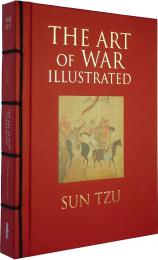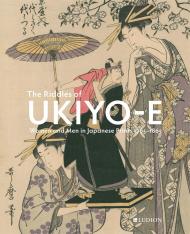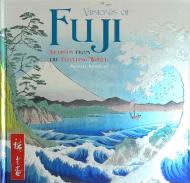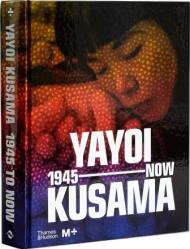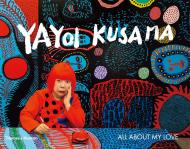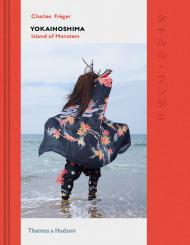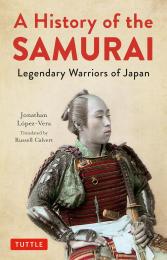If you know your enemies and know yourself, you can win numerous battles without a single loss. – Sun Tzu, The Art of War
Written in the 6th century BC, Sun Tzu’s The Art of War is still used as a book of military strategy today. Napoleon, Mae Zedong and Douglas MacArthur all claimed to have drawn inspiration from it. And beyond the world of war, modern-era business and management gurus have also applied Sun Tzu’s ideas to politics and corporate strategy. This illustrated dual-language edition not only presents the original Chinese characters with James Trapp’s translation on the facing page, it also tests Sun Tzu’s ideas against history. Each of the 13 chapters includes a new commentary giving examples of how Sun Tzu’s wisdom has been borne out on the world’s battlefields. When, for example, has information provided by spies changed the course of a battle? How has history shown Sun Tzu’s ideas on the importance of terrain in conflict to be true? And where can we best find examples of strategic warfare being waged? From the ancient world to the 20th century, the battles featured are illustrated with colour battle maps, paintings and artworks. Of immense influence to leaders across millennia, The Art of War Illustrated is a classic text richly deserving this illustrated and expanded dual-language edition.
About the Authors:
Sun Tzu (also known as Sunzi) was traditionally thought by historians to have been born around 544BCE, and that he later served as a general leading the forces of King He Lü of Wu, one of the seven Warring States of Eastern China during the Spring and Autumn period, and The Art of War is based on his many victories, although modern scholarship suggests the book may have been written later.
James Trapp is the author of Chinese Characters: The Art and Meaning of Hanzi, Chinese Proverbs and Tao Te Ching. A Chinese language graduate of the School of Oriental and African Studies (SOAS), University of London, he teaches Mandarin and is an Education Officer on the China Collection at the British Museum.
